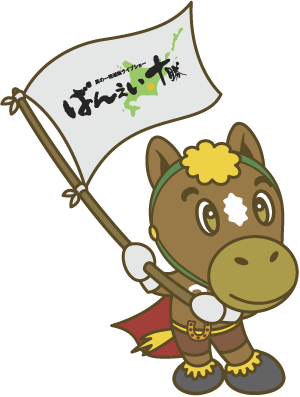What is Banei Tokachi?
his one-of-a-kind race is the only one like it in the world. Experience the northern romance between horses and people.
Banei Horse Racing is the only race of its kind in the world. Large draft horses, weighing about 1 ton, race on a separate course in a 200 m straight line while pulling an iron sled that weighs up to 1 ton.
In contrast to the flatland horse racing widely known to the general public, the power and endurance of the horse, not only the speed, and the technique of the jockey when climbing over the obstacles determine the outcome of the race.
The race progresses slowly as the horse powerfully climbs over two obstacles while pulling a heavy sled. Being able to run and cheer on the side of the course with the horse is also a captivating aspect of Banei Horse Racing.
It is a transformation from the workhorse festivals which played a main role in the development of Hokkaido.
Banei Horse Racing, a culture unique to Hokkaido, was born from the harsh livelihood of the times when Hokkaido was being developed (around 1900). At that time, they would compete by having the horses play tug-of-war to test the value and strength of the workhorses. Later, it transformed into a competition which involved pulling a sled with added weight, and so it became established as a festival of workhorses, the "Draft Horse Festival."
Banei Horse Racing is the only one of its kind in the world, attracting attention both inside and outside Japan as the "pulling horse" race that helped develop Hokkaido. It is the most powerful form of horse racing.










































